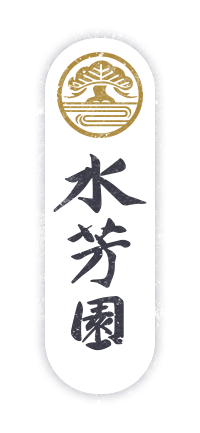Garden Spaces
Karesansui - Dry Zen Garden (Undergoing Renovations)
As one enters The Japanese Garden, designed by Doctor Koichi Kawana, there is a dry Zen meditation garden (karesansui) containing Tortoise Island, a three-Buddha arrangement of stones, and a wisteria arbor at the end of the Plover Path.
Cleverly hidden more than 30 feet below the surface of Tortoise Island, is the sewer inlet and bypass structure. Presently we are preparing for replacement of the gate system, temporary bypass and upgrade to the system, which is why you see the Dry Garden in its present condition.
Cleverly hidden more than 30 feet below the surface of Tortoise Island, is the sewer inlet and bypass structure. Presently we are preparing for replacement of the gate system, temporary bypass and upgrade to the system, which is why you see the Dry Garden in its present condition.
Tortoise Island (Undergoing Renovations)
The dichondra-covered mound represents Tortoise Island. According to mythology, the tortoise lives for 10,000 years and is a symbol of longevity.
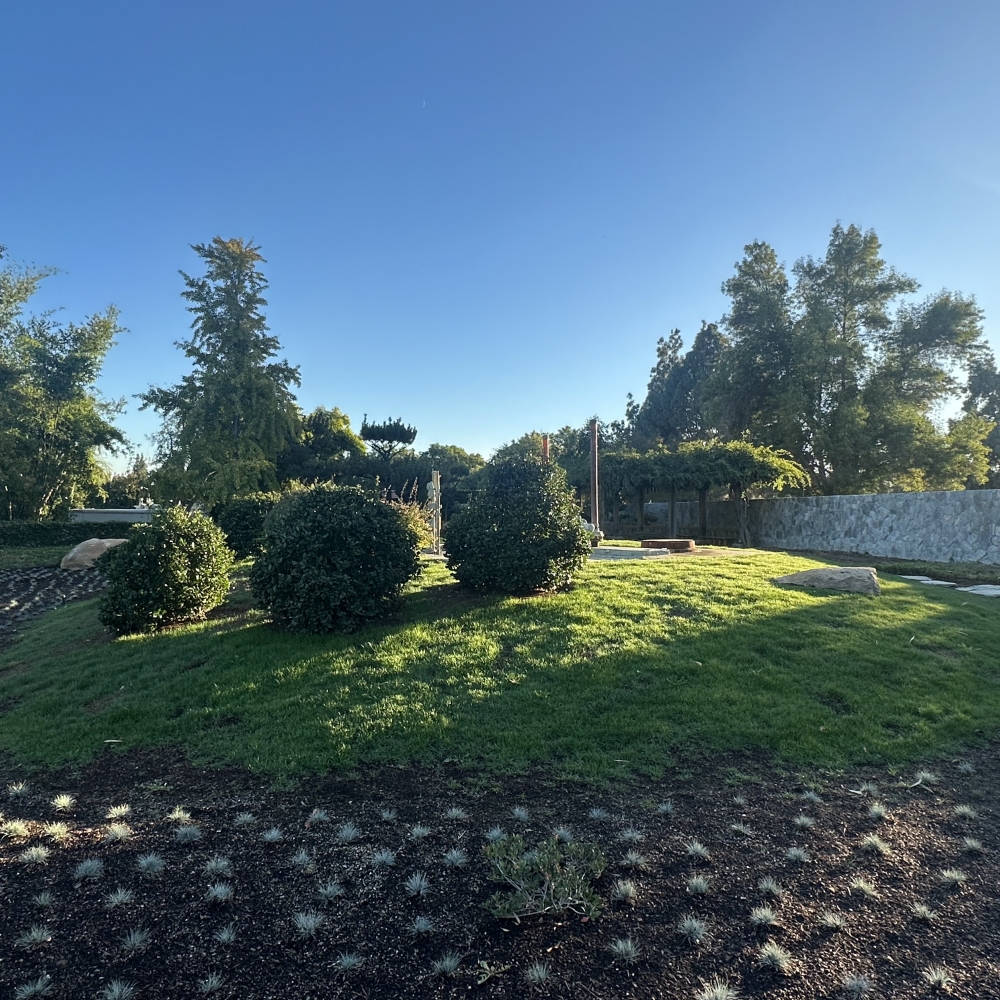
Three-Buddha Stone Arrangement (Undergoing Renovations)
The group of upright stones are arranged according to the "three Buddha" style and symbolizes Horai, mythological island of immortals and everlasting happiness.
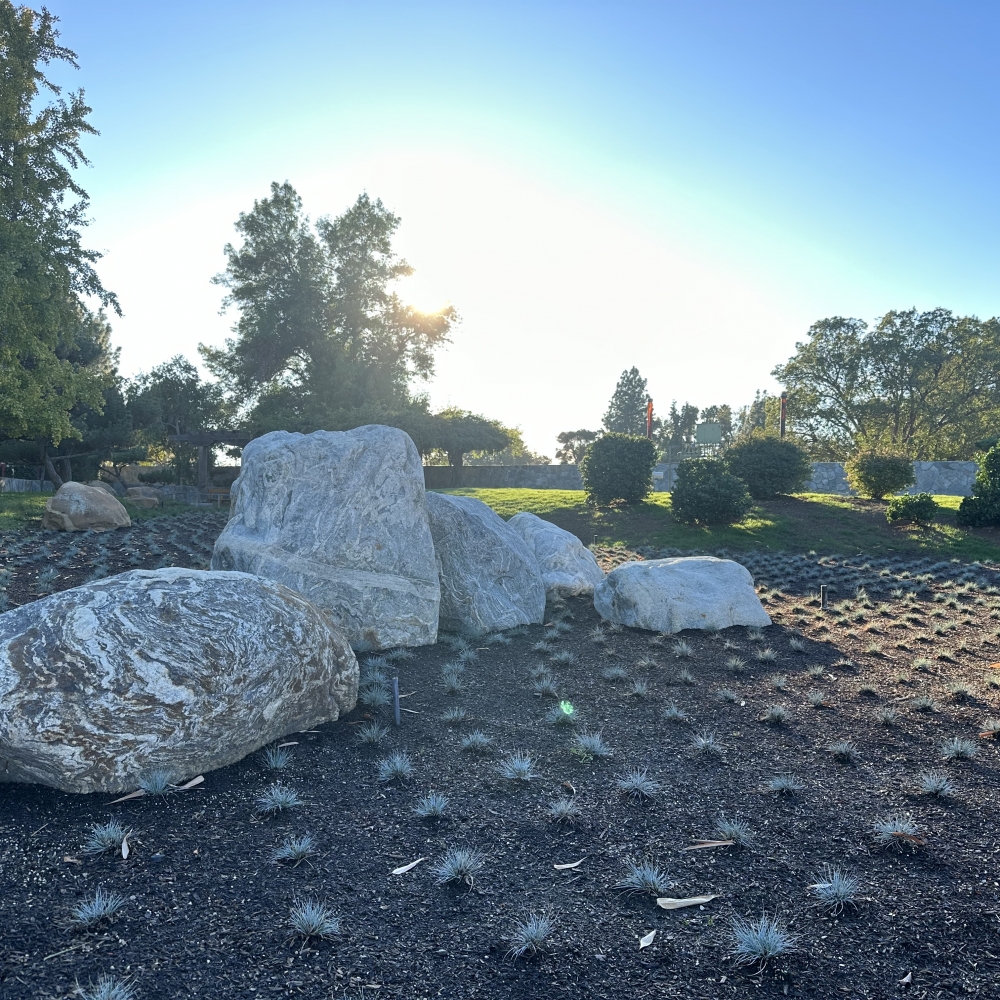
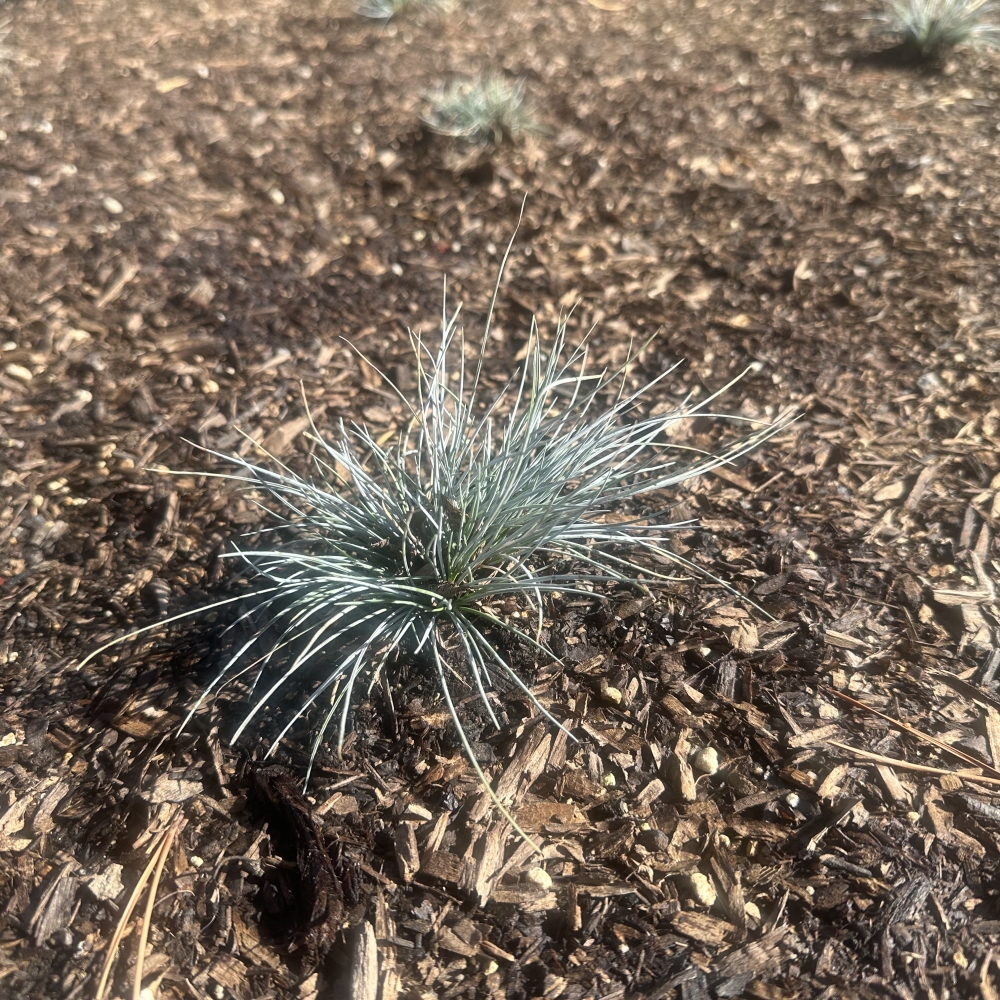
Wisteria Arbor & Plover Bird Path (Undergoing Renovations)
The Plover Bird path is arranged in this shore bird's flight pattern and leads to the wisteria-covered arbor.
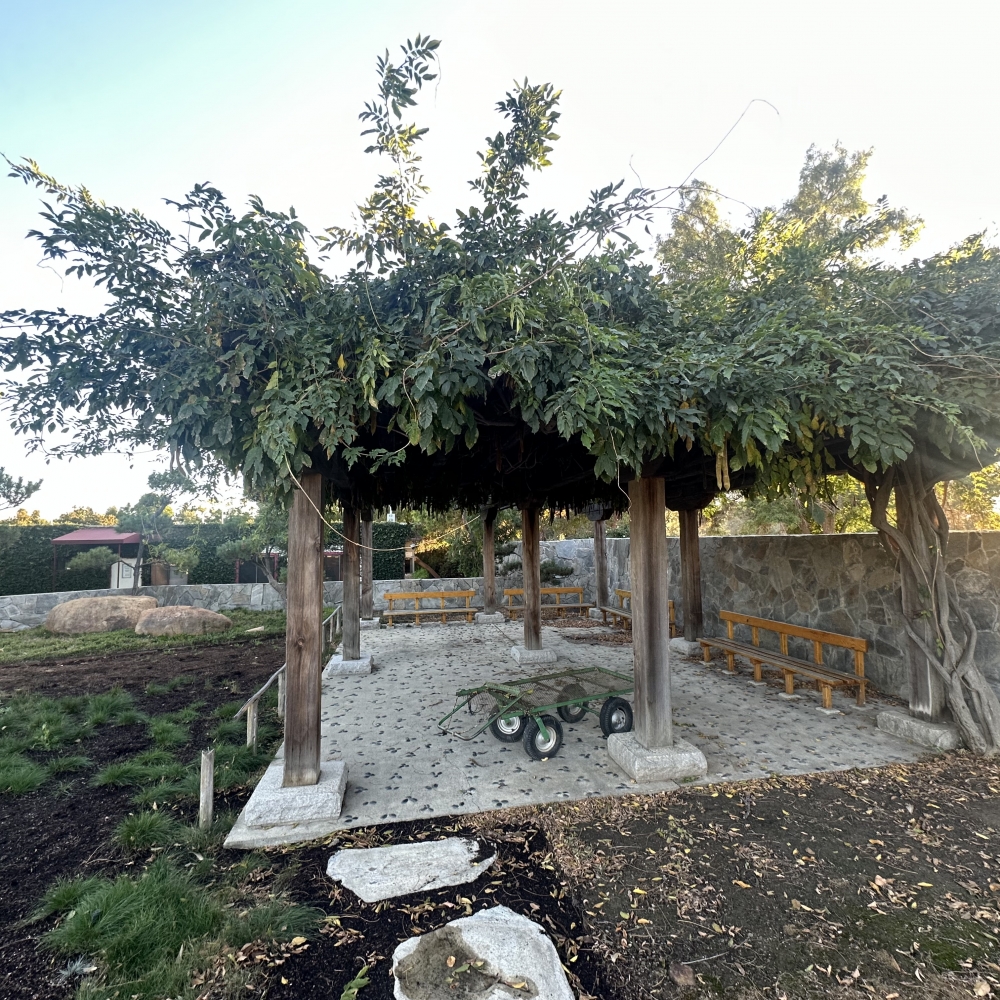
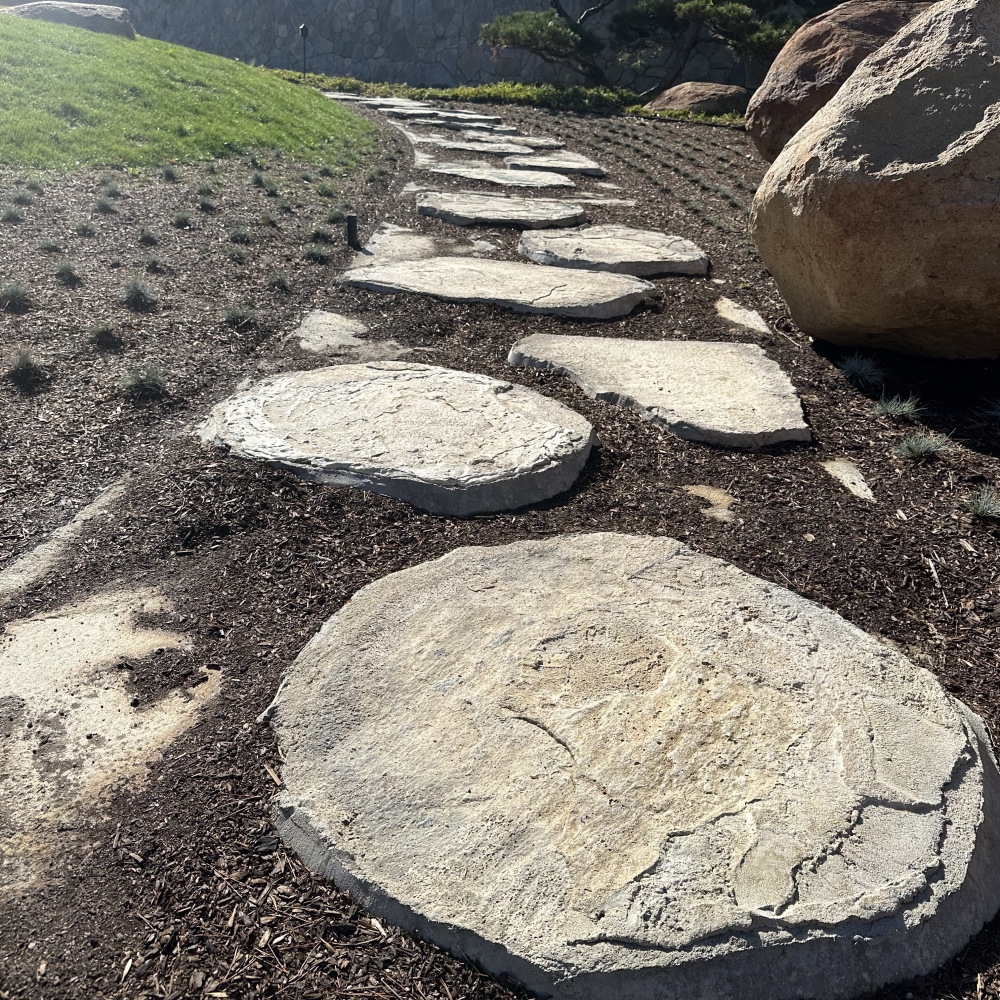
Garden Spaces
Chisen Stroll Garden
Next along the path is an expansive Chisen or “wet-strolling” garden with waterfalls, lakes and streams, abundant greenery, and stone lanterns which were hand-carved by artisans in Japan.
Waterfalls
The three levels of the waterfall symbolize Heaven, Man and Earth. The three states of water represented are falling, flowing and still.
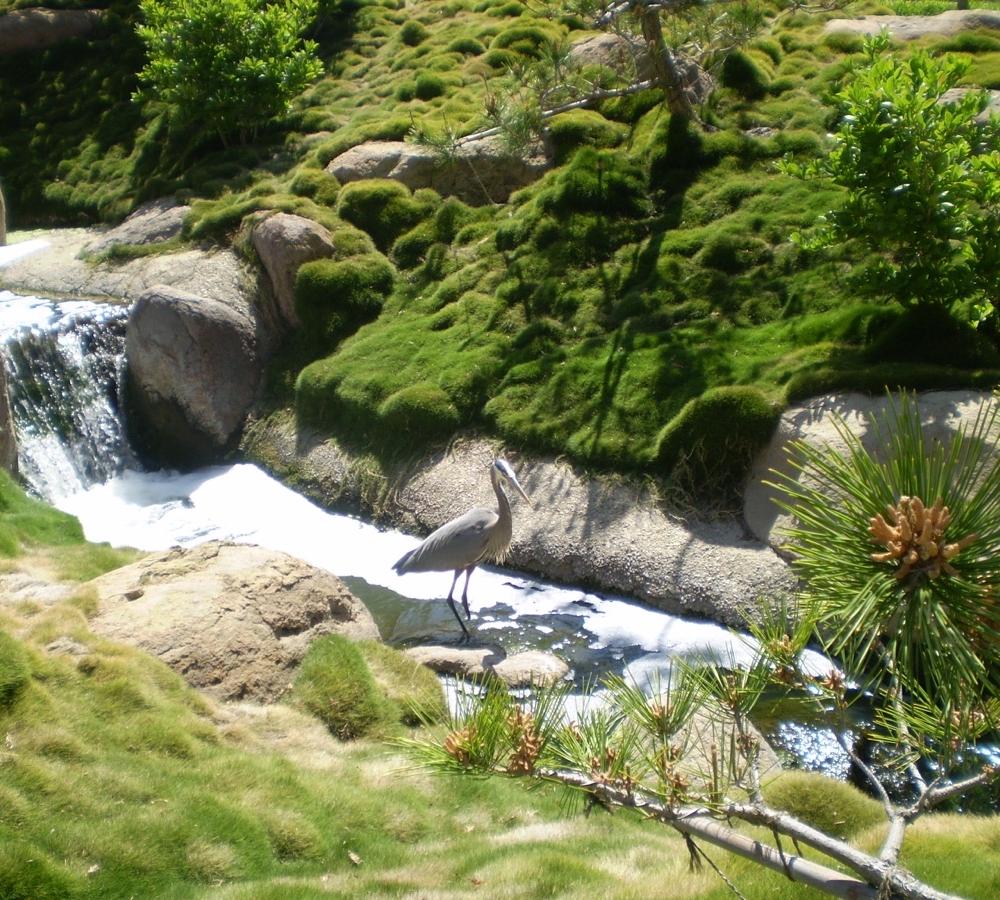
Water Garden
The Water Garden is a magnificent sight in summer, when water lilies and lotus flowers bloom.
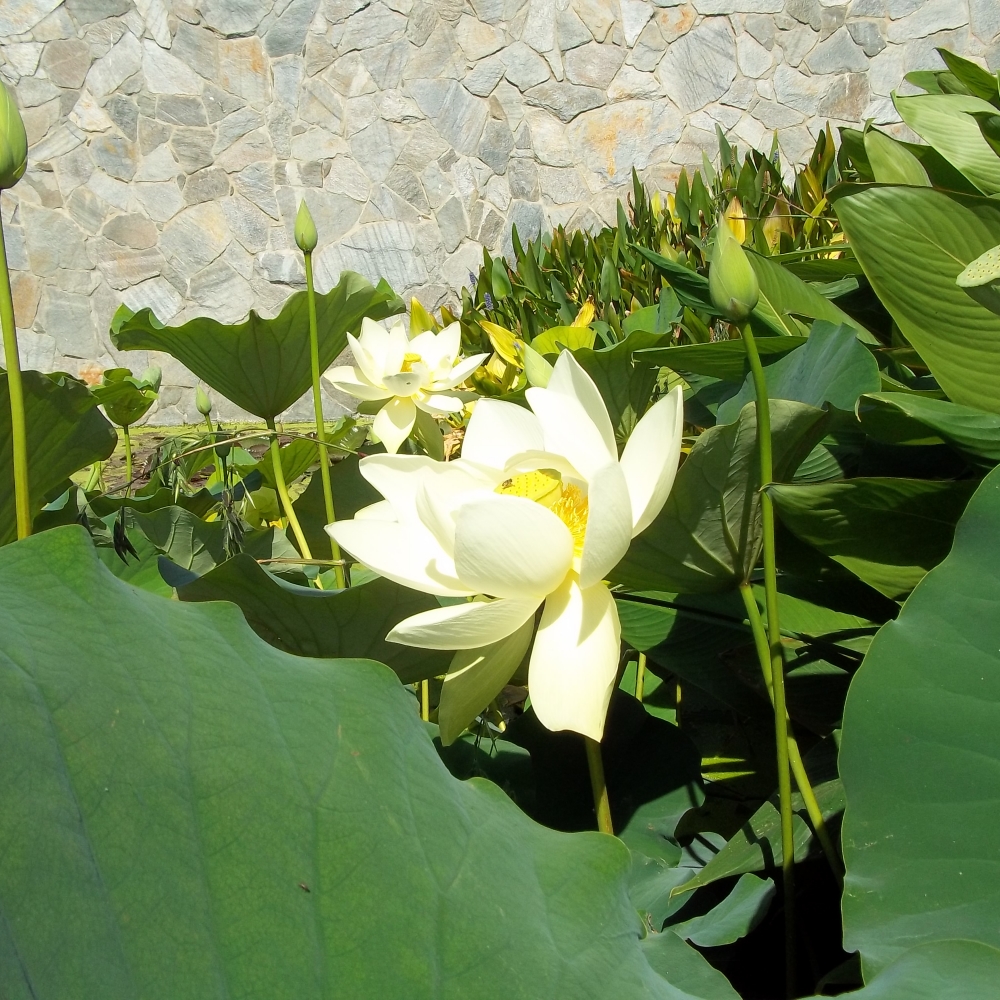
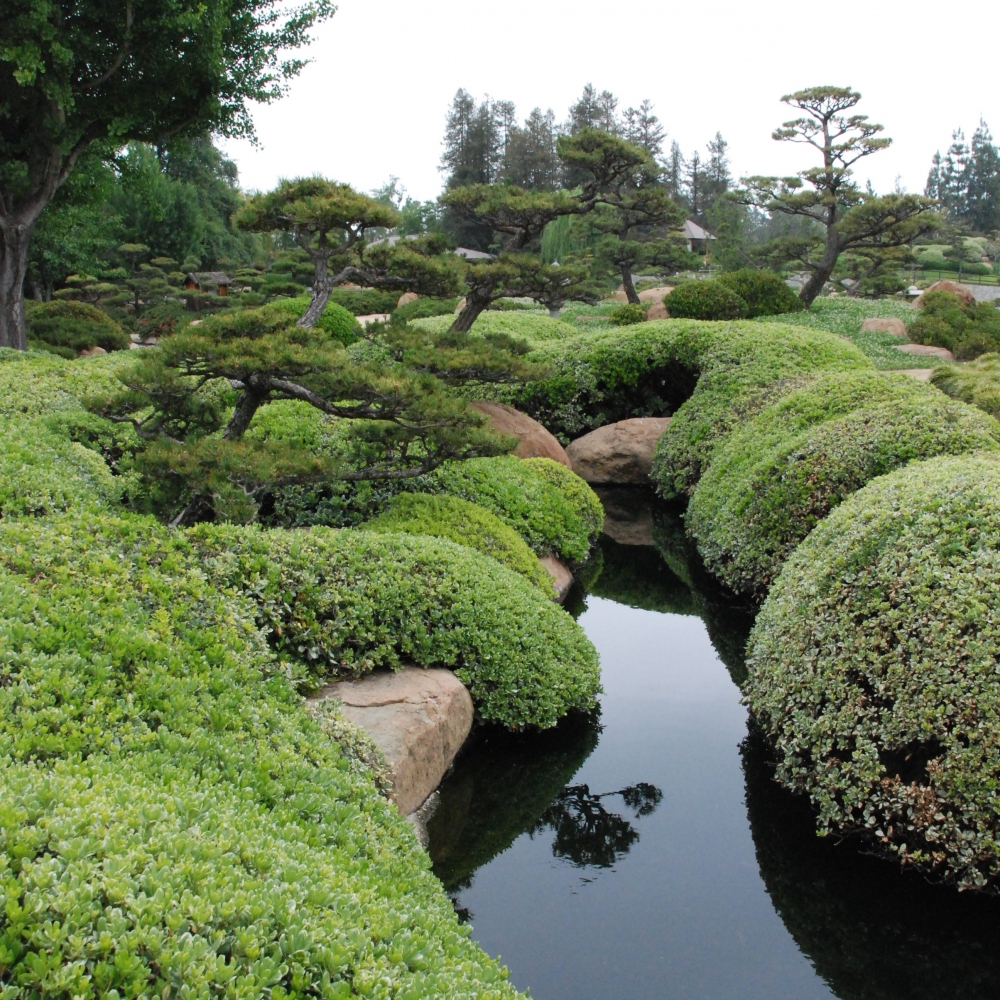
Lanterns
There are 4 types of traditional lanterns in the Japanese Garden. The Yukimi Doro (Snow Viewing Lantern) was Dr. Kawana’s favorite. The large top is to collect snow to keep it from falling into the light box. It is usually placed near open, reflective water.
The Kasuga Lantern is similar to those found at the Kasuga Shrine in Nara Deer Park. A deer is carved in the side. Deer were regarded as divine messengers of peace and good fortune.
The NureSagi (Wet Heron Lantern) is a tall, six-sided lantern with a bell-shaped canopy and a carving of a heron or crane, the symbol of long life.
The Daikoku Lantern shows Daikoku (the household god of wealth) standing on bales of rice with a rat perched alongside him. Rats symbolize the presence of wealth and excess.
The Kasuga Lantern is similar to those found at the Kasuga Shrine in Nara Deer Park. A deer is carved in the side. Deer were regarded as divine messengers of peace and good fortune.
The NureSagi (Wet Heron Lantern) is a tall, six-sided lantern with a bell-shaped canopy and a carving of a heron or crane, the symbol of long life.
The Daikoku Lantern shows Daikoku (the household god of wealth) standing on bales of rice with a rat perched alongside him. Rats symbolize the presence of wealth and excess.
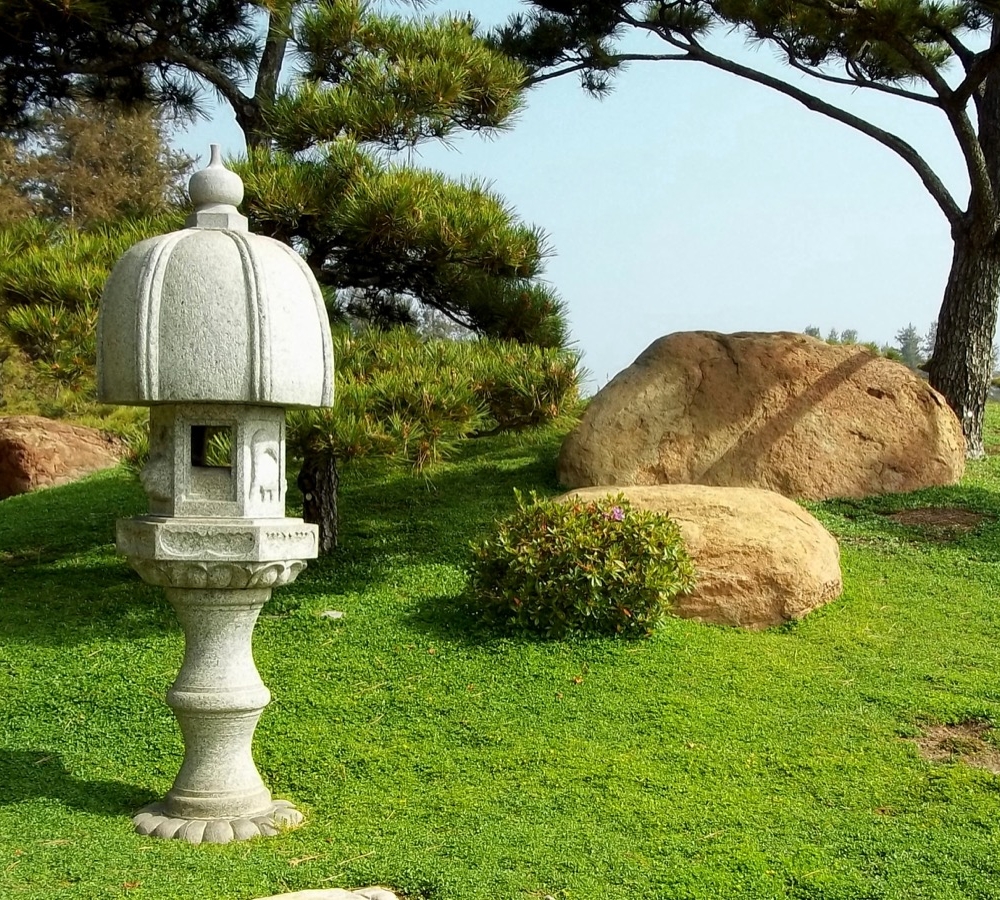
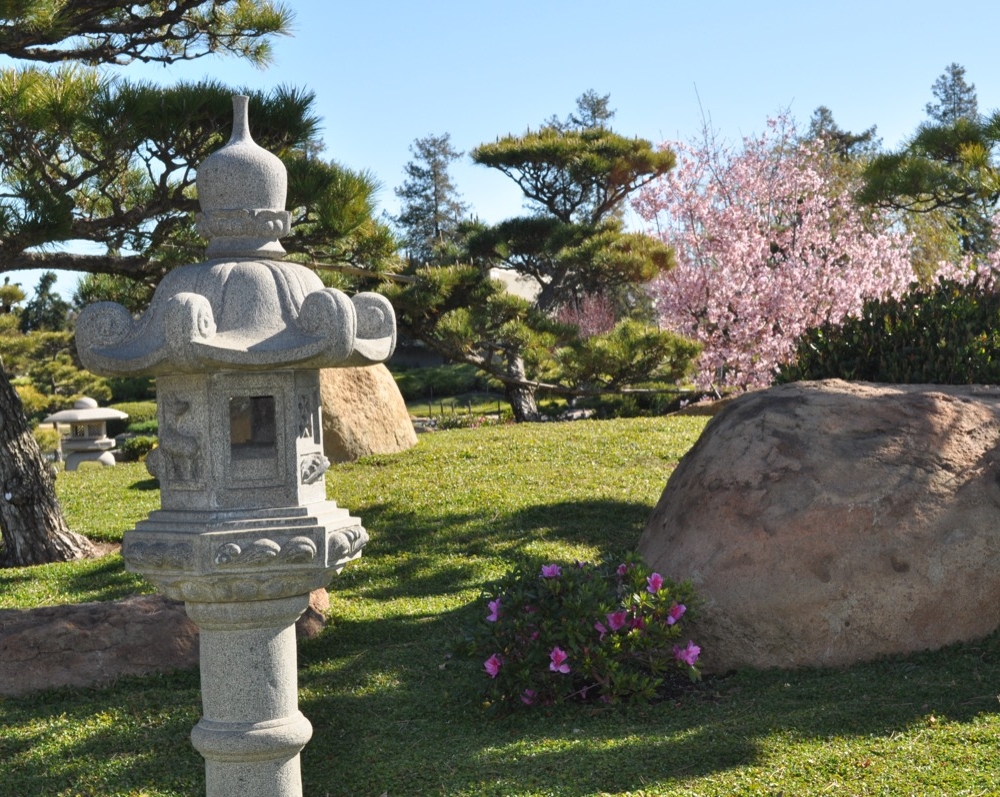
Bridges
The three styles of bridges in this garden are fording, transition, and viewing.
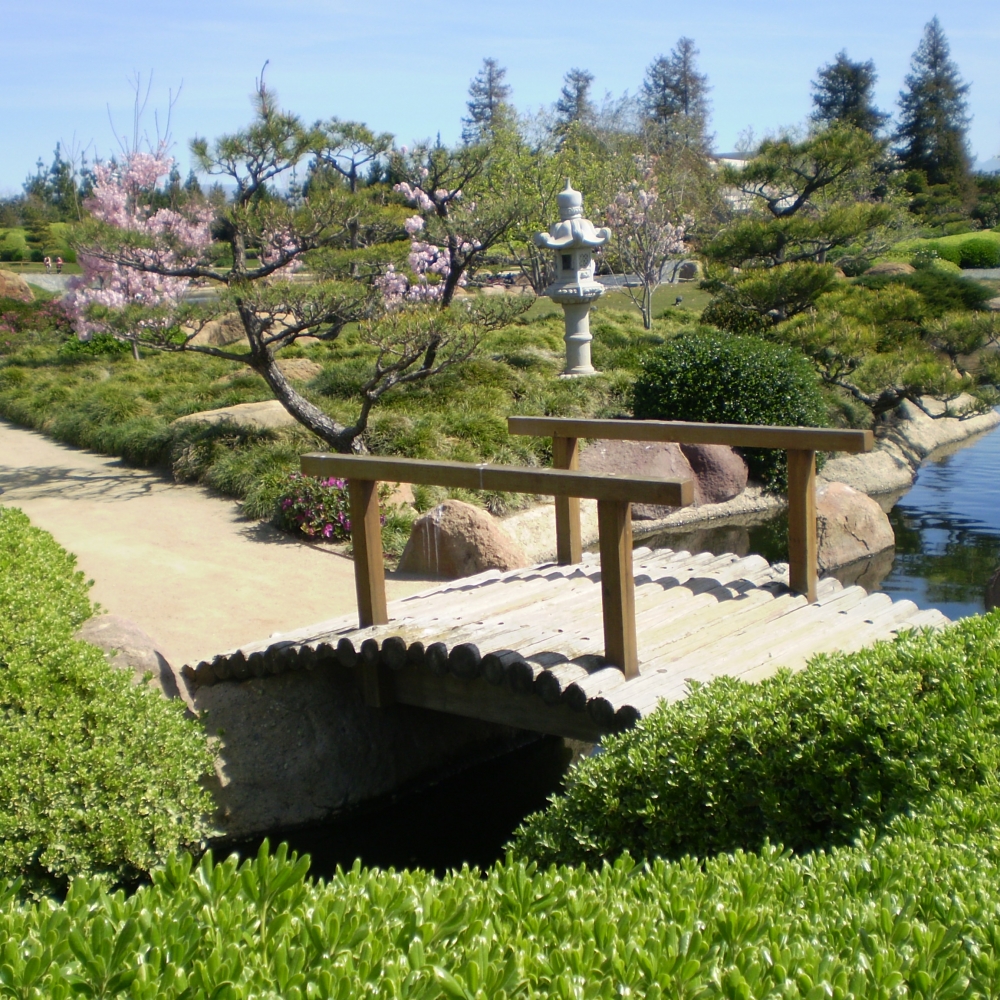
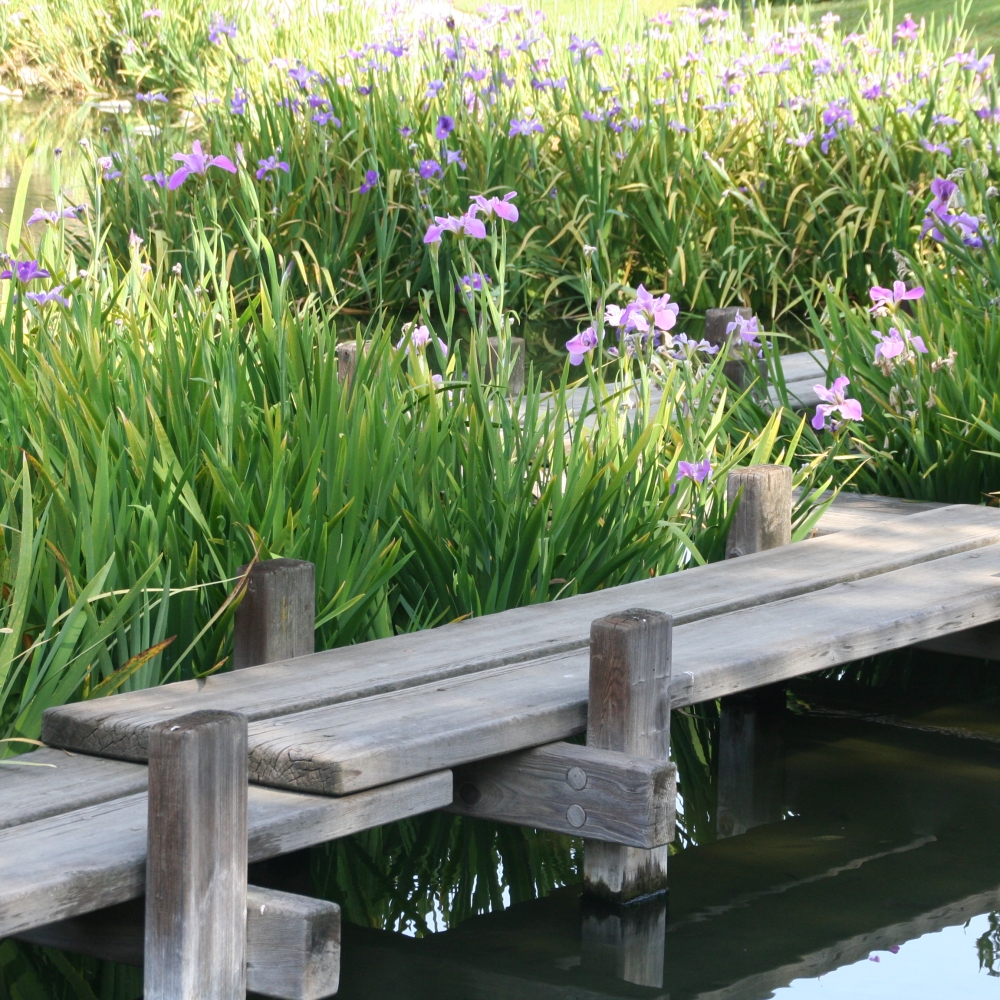
The Log Bridge
The Log bridge for fording has four foundation stones, but because "four" and "death" sound alike in Japanese, a nearby fifth stone is added to avoid misfortune.
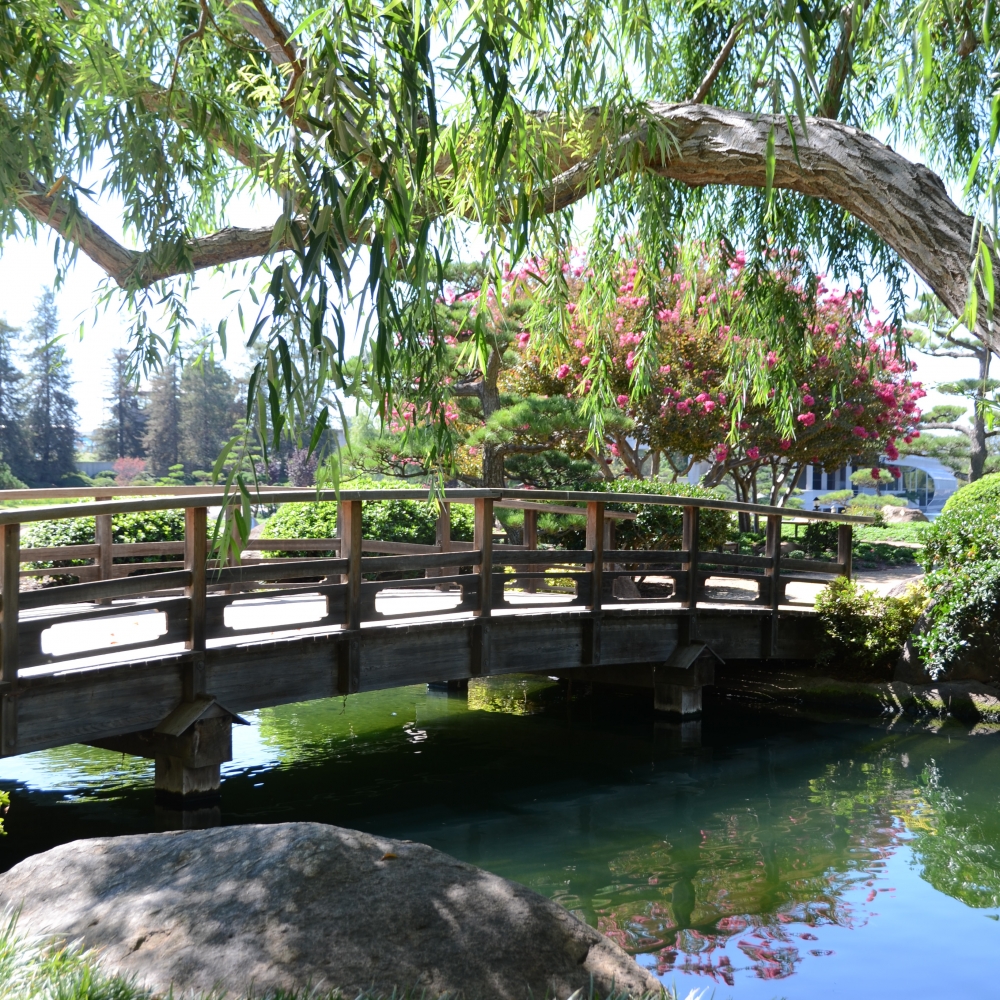
Garden Spaces
Shoin Building
Half way through the Garden is the Shoin Building, with it's authentic 4 1/2 tatami-mat teahouse and adjacent tea garden
Shoin Building
The Shoin Building adjoins the teahouse and projects over the lake. Shoin was the residential dwelling developed for aristocrats, upper class monks, and samurai during the fourteenth and fifteenth centuries.
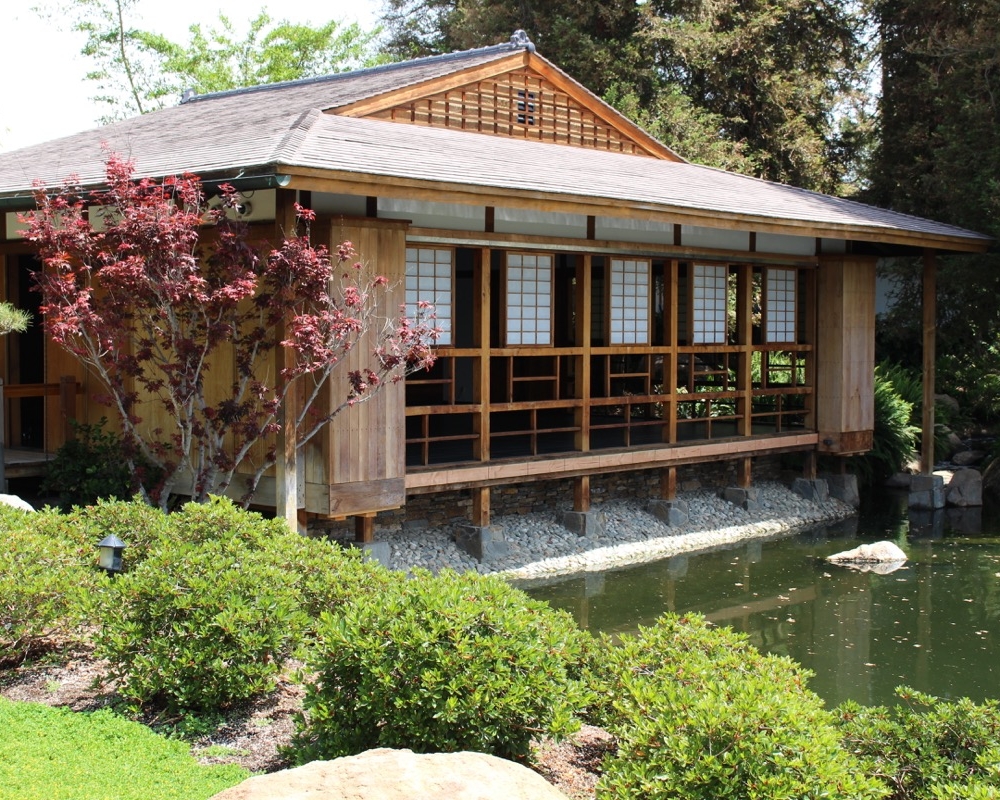
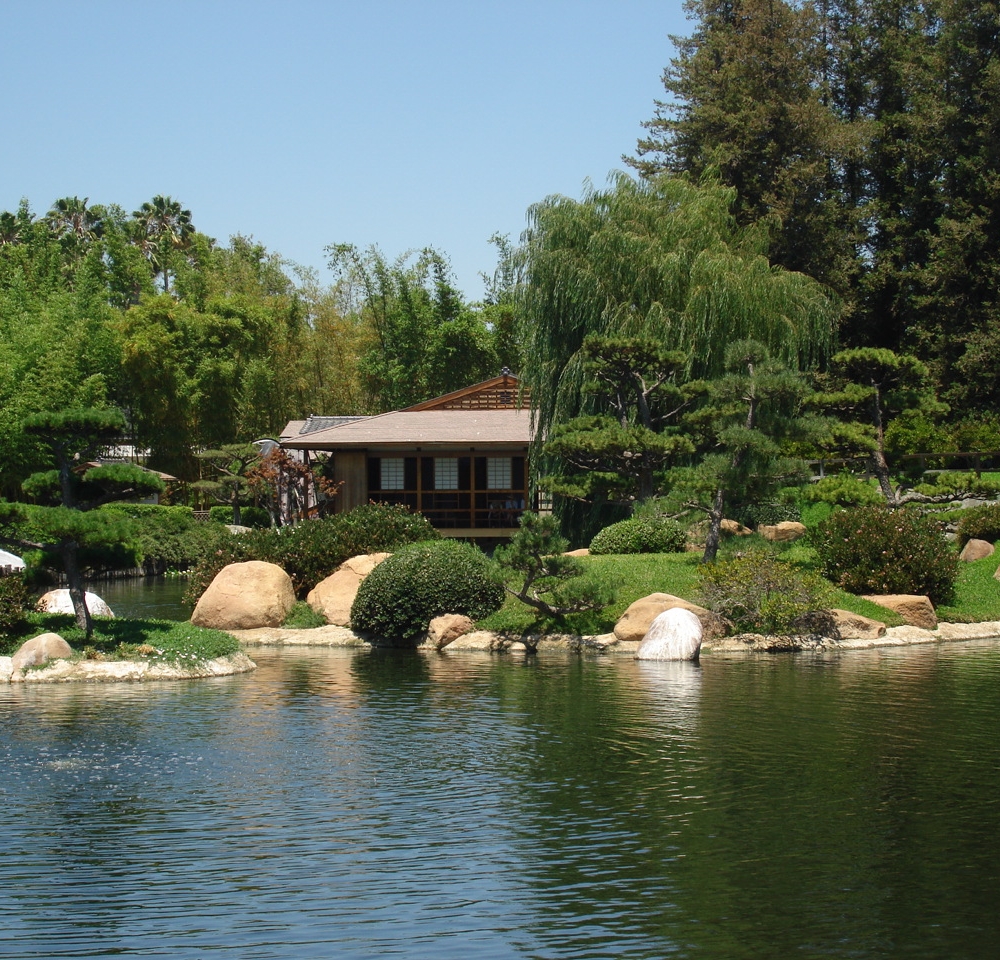
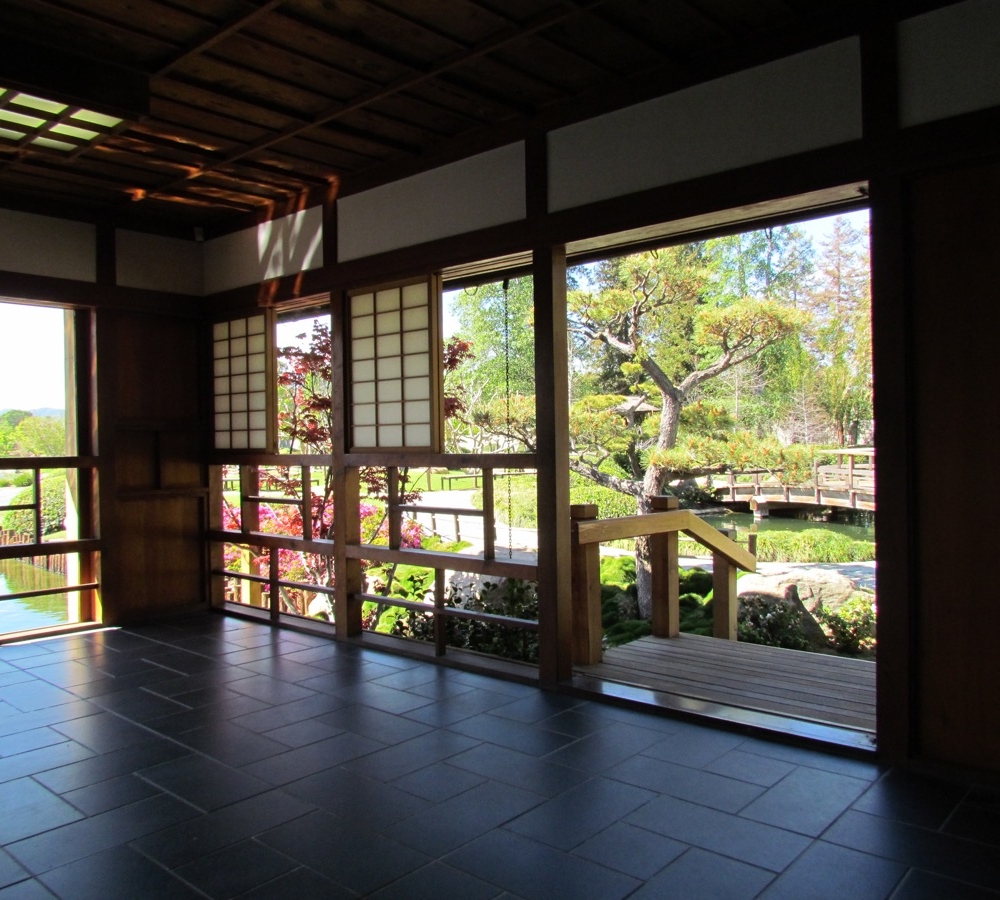
Tea Garden
Within the bamboo hedge is a typical tea garden known as roji, which means walk, since stepping stones are the main design element. The low water basin and the bamboo spout are essential accessories, since guests are expected to purify themselves before entering the adjacent teahouse.
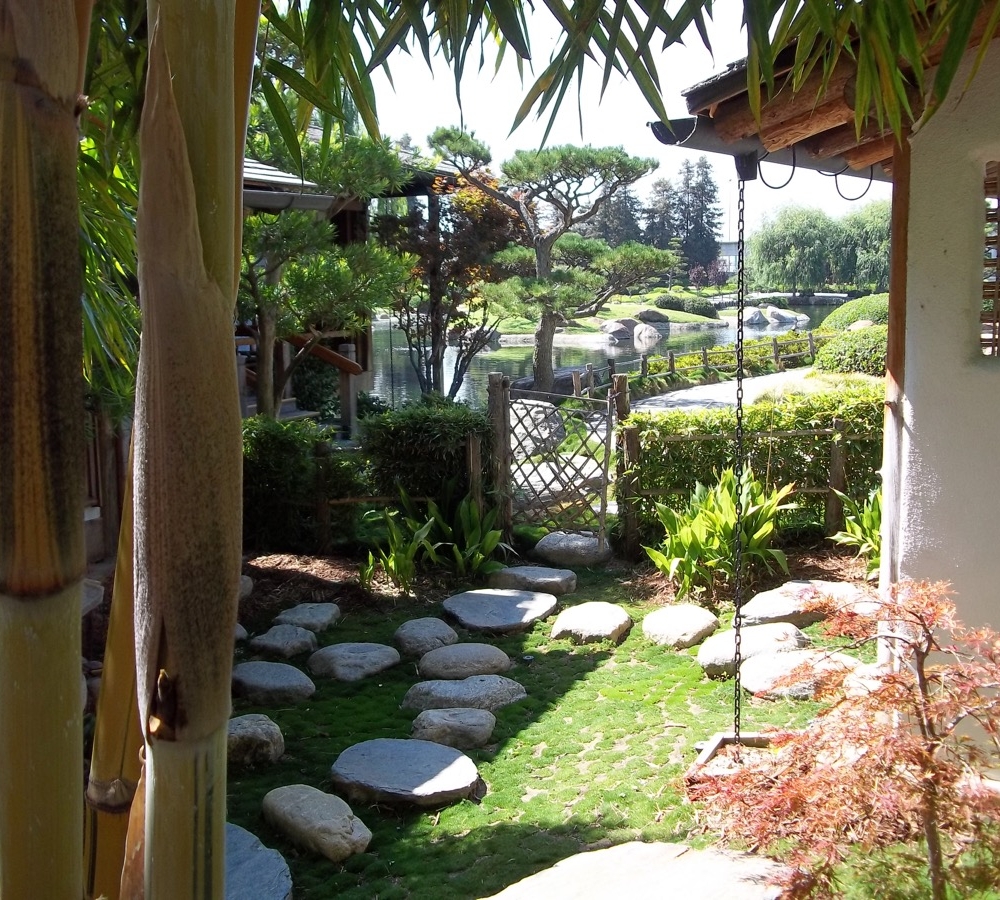
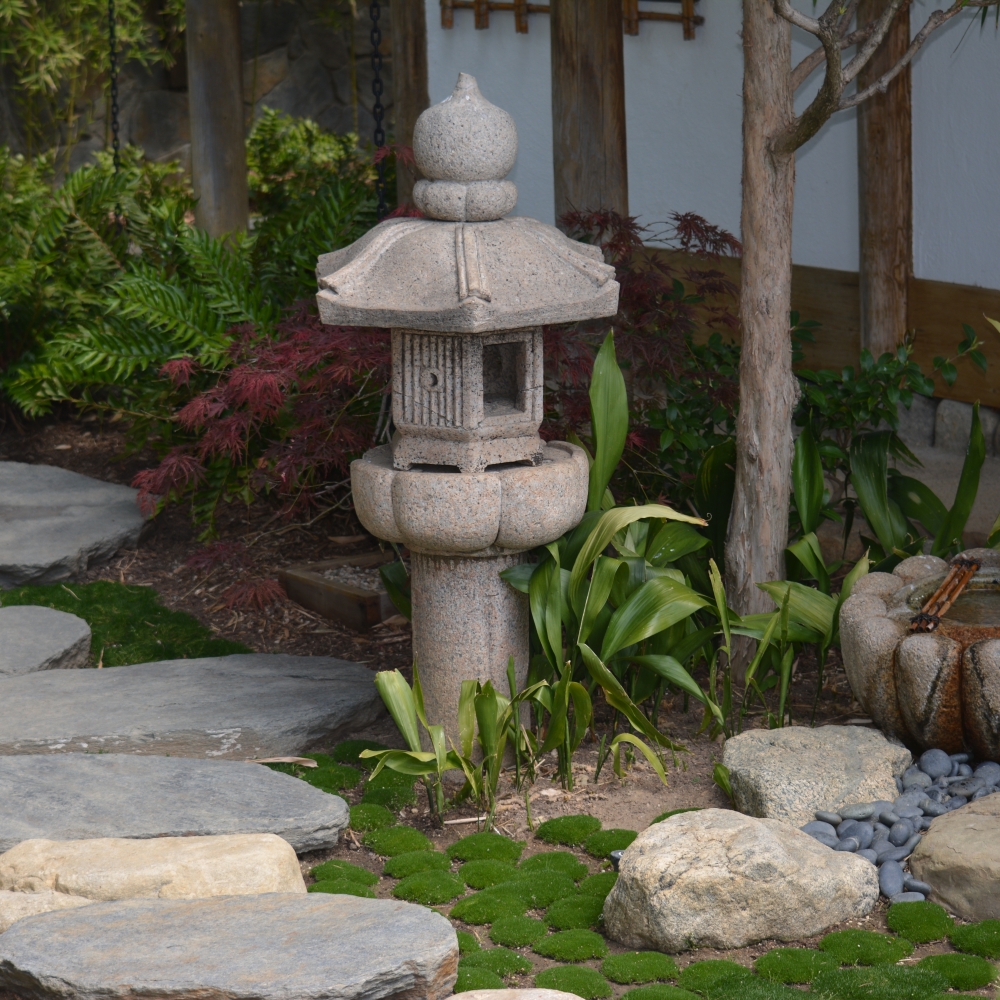
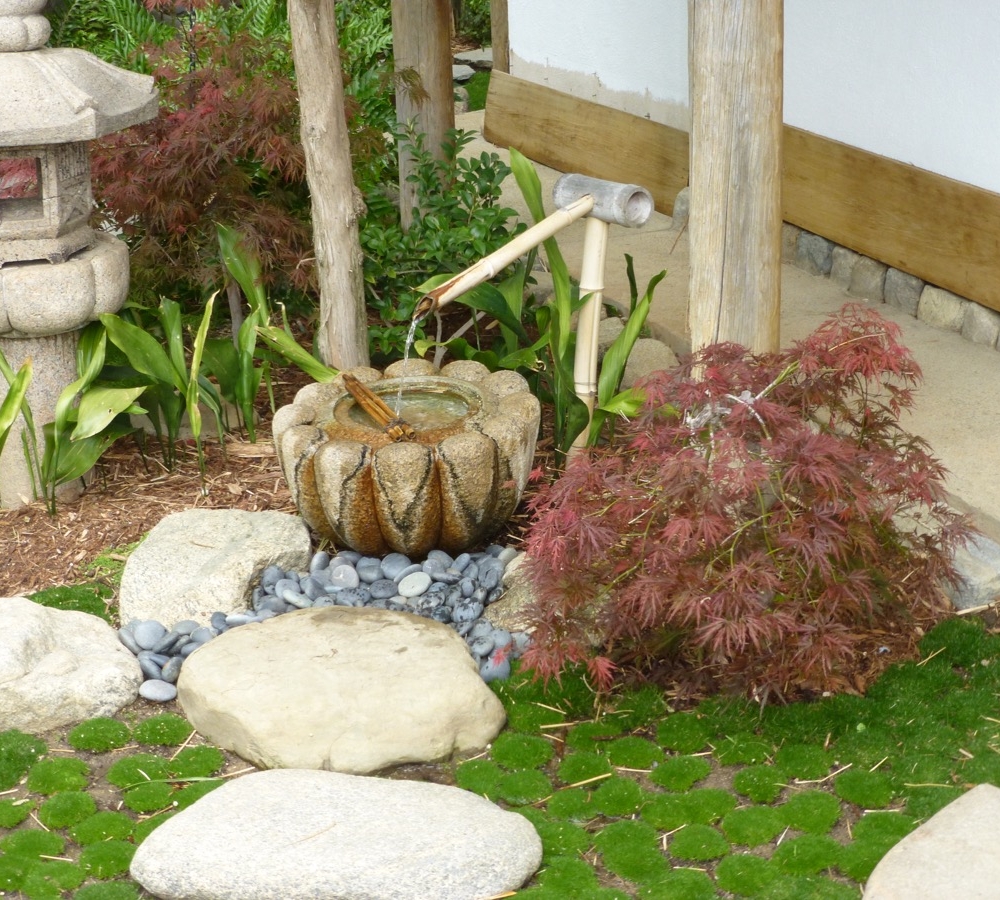
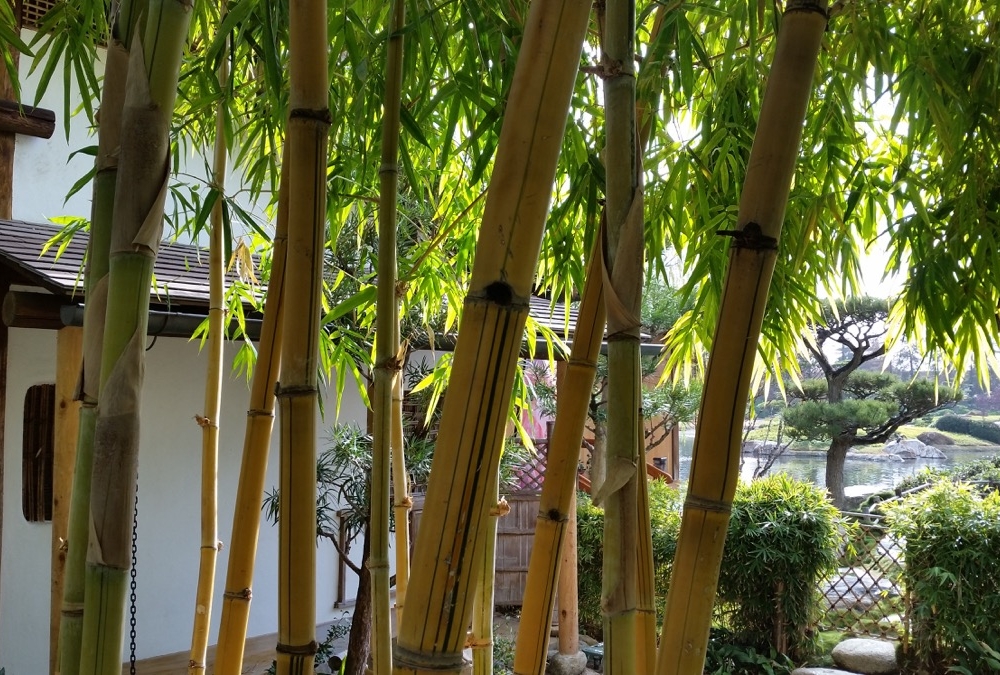
Pick up a Tomodachi Membership Application on your next visit to the Garden or download one online today!
Membership Application
